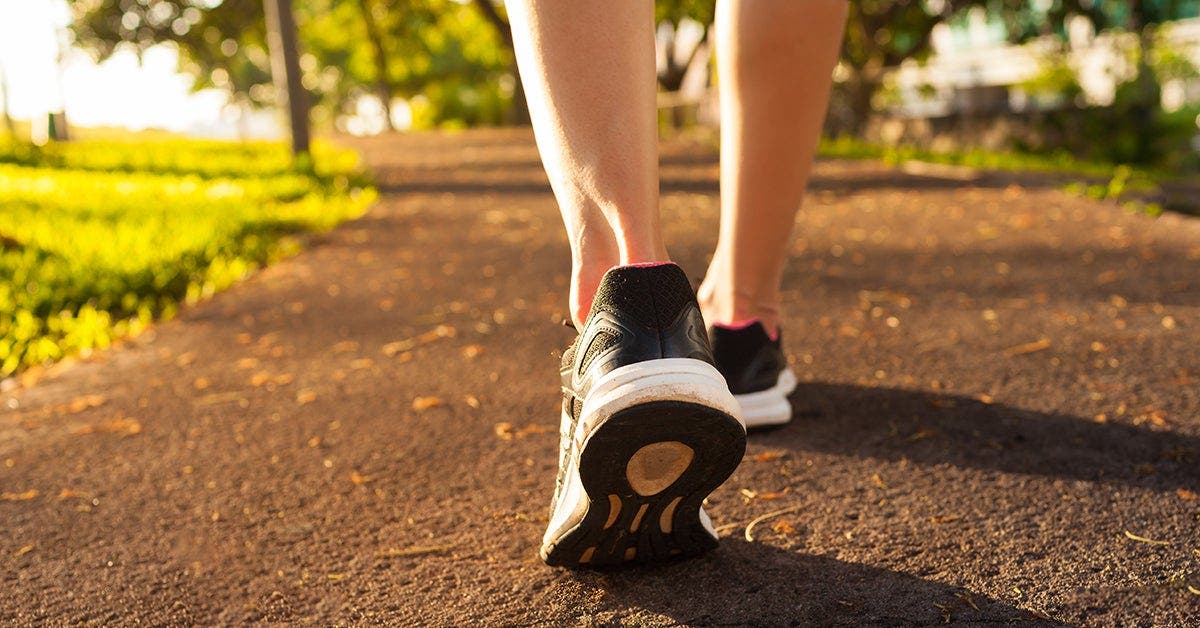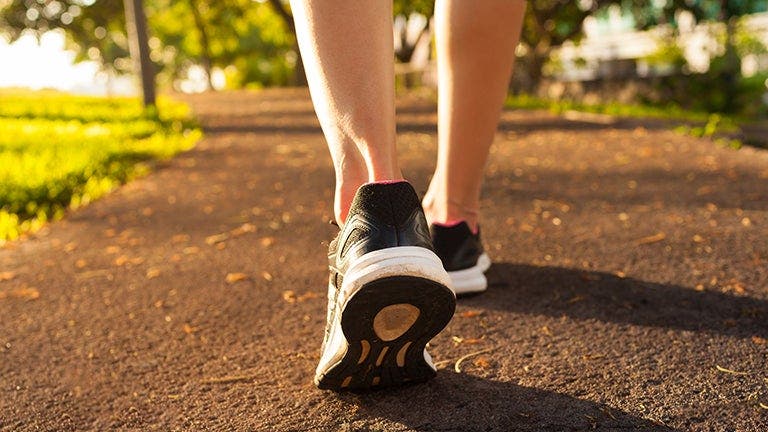7 Secrets Diabetes Educators Want to Tell You


Sobering fact: Almost half of all people diagnosed with diabetes never have a single lesson on diabetes self-management, even though it’s usually covered by health insurance. Yet a whole contingent of healthcare specialists known as CDCES—certified diabetes care and education specialists—exist for this reason.
While each person’s session with a CDCES looks a little different, we asked two—Barbra Sassower, RDN, a registered dietitian nutritionist, CDCES, and WeightWatchers® certified diabetes educator , and Meg Moreta, RDN, a registered dietician nutritionist and CDCES based in California—to share the insider tips they wish everyone with diabetes knew.
1. Focus on fiber, not carbs.
“Almost everybody I meet with thinks they need to cut out carbs completely–some have even stopped eating broccoli because they’re scared that it contains carbohydrates!” says Sassower. “I have to explain to them that they have it all wrong and that they can eat carbohydrates, they just need to also think about eating more fiber.”
That’s because fiber helps slow down the absorption of carbohydrates from other foods, which makes it easier to keep blood sugar in your target range. Another great thing about fiber? It helps increase satiety—i.e. how satisfied you are after eating—so you’re less likely to overeat.
You can find fiber in fruits and veggies, as well as in complex carbohydrates made from whole grains, like oatmeal. “Working those kinds of foods into every meal is a great way to up your fiber intake—and so is tracking your meals with WW,” says Sassower. “The Points® values are formulated with fiber in mind, so higher-fiber foods have fewer Points.” That said, don’t go from a few grams of fiber a day to 30. “Your gut will hate you if you increase your fiber intake too suddenly,” says Moreta. Try adding one fiber-rich food at a time, like swapping in whole-grain rice for white rice.
2. Rethink the order you eat your food in.
Eating in a way that has the smallest impact on your blood sugar is a bit like a puzzle, according to Moreta. “If your blood sugar is elevated after a meal, think about ways you can make little tweaks so that you can still have your favorite foods without the high blood sugar levels,” she says. This might mean changing the portions around or—surprisingly—tweaking the order you ate your food in.
“If you start a carb-heavy meal, like pasta or pizza, with a salad appetizer, you may notice an improvement in how that meal impacts your blood sugar,” says Moreta. That’s because eating low-carb, high-fiber veggies, like lettuce, with a little fat and protein helps make the carbs that follow easier on your blood sugar.
3. Know your power.
“I believe the biggest thing people with diabetes should know is that small changes add up, and can have a great effect on their blood sugar,” says Sassower. “I’ve had people tell me that diabetes runs in their family and that there isn’t a lot they can do about it, and I have to teach them that lifestyle factors are major. Your daily routine, including how much you move your body, can be a deciding factor in the course your condition takes.”
Talk to your doctor to find out what type of activity is best for you. Activity doesn’t have to mean working out at the gym. It can be anything from doing household chores to things you love such as dancing or walking the dog.
Read More: Start an Activity Routine That Sticks
4. Make mini weight-loss goals.
You might think you need to lose 50 pounds to make a dent in your diabetes, but losing as little as 5% of your weight can improve blood sugar control. “The exact mechanisms are still being researched, but we know that losing weight decreases your insulin resistance,” says Sassower. “Even if your long-term goal is to lose a significant amount of weight, seeing the impact that 5–10% weight loss can have on blood sugar can really help to boost motivation and confidence.”
This shift in thinking can make all the difference. “I’ve worked with people who were just diagnosed and were told by their doctor that they have six months to try to lose weight before starting on medication,” Sassower says. “I tell them not to focus on a huge weight-loss goal and, instead, to focus on lifestyle changes, knowing that weight loss and better blood sugar control will be a result. And it works! When some people go back after six months, their doctor is so impressed. (Just make sure you loop your doctor in on your weight-loss and wellness journey.)”
Read More: Set a Weight Goal
5. Strategize your workout schedule.
Look at your daily pattern of blood sugar and find the time of day when it tends to be high. That, says Moreta, is when you should plan on taking a short walk. “A 10-minute walk can bring down blood sugar and make a big impact,” she says.
A common time to schedule that stroll: after breakfast. “Many of my clients have higher blood sugars in the morning,” says Moreta. (There are a few reasons why this happens, including something known as the dawn phenomenon, which is caused by changing hormones in the morning.) “If you start in a higher range, your whole day tends to be higher. But if your blood sugars are stable in the morning, the day tends to go much better.”
6. Make self-care stick.
“Yes, diet and exercise are important, but many of my clients think they are the only things that matter, and they aren’t,” says Sassower. “I explain that other lifestyle behaviors impact your diabetes, too, like whether you’re getting enough sleep and how stressed you are.” People with diabetes who get less than seven hours of sleep a night are more likely to have insulin resistance, and being stressed all the time can raise blood sugar (not just because you’re reaching for comfort food, but because the actual stress hormones impact glucose).
That’s why it’s important to think about wellness in a bigger way. What can you do to decompress every day, and how can you create a pre-bedtime routine that helps you relax? It’s super personal—one person might reduce stress by organizing their house while someone else might prefer playing piano. One person might sleep better after reading the latest best seller while another needs to sit quietly in their garden. “Just make it a ritual and make it stick,” says Sassower. “I hear from my clients that after they’ve started sleeping better or reduced their stress, their eating habits improve—they aren’t as hungry as they used to be or they’re choosing healthier foods—and, as a result, their blood sugar seems easier to control.”
Read More: How to Create a Bedtime Routine
7. Get support when you’re struggling.
Research shows that being part of a diabetes support group—either in person or online—can improve A1C numbers, mental health, and motivation to stick with healthy habits. “The Living with Diabetes Group on Connect, WW’s in-app social media platform, is a great place to find that community as well as get actionable tips like fresh recipes to help you rethink your weekly menu,” says Sassower. “Most of my patients light up when I tell them about the support group. Knowing that there are others successfully achieving their goals with WW is such a relief to them.”
